There’s little doubt at this stage that the driverless car is just around the corner. In fact, in many respects, the driverless car is already here - you just can’t wander into your local dealership and buy one yet. Huge progress has been made with autonomous vehicles in recent years, with Google in particular making big strides in the US. In May, the tech giant revealed figures on collisions that have occurred during the initial stages of its driverless programme, claiming that the handful of minor incidents have been the result of third parties and/or driver error.
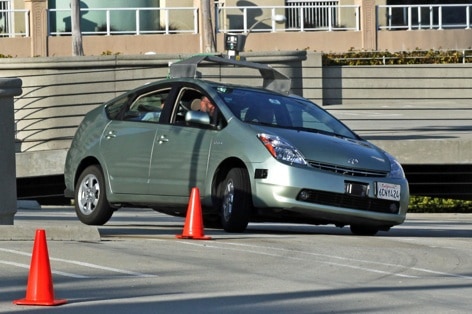
According to Google, its autonomous vehicles have not been responsible for a single fender bender. “I guess our biggest learning from the accidents has been that people don’t pay attention, even trained drivers,” said Google co-founder Sergey Brin at the company’s recent shareholder meeting.
What future then, for human beings behind the wheel? Brin - who heads up Google’s driverless project - seems to imply that people simply can’t be trusted to drive to the same level that computers can, and the figures so far seem to support him. Computers don’t get tired, or angry, or distracted by the latest billboard advertising on the drive home from work.
But fully autonomous vehicles are a long way off yet. Google’s cars can navigate the California highways with ease, but they aren’t being let loose on the winding streets of San Francisco during rush hour just yet. The ability to navigate complex and constantly evolving traffic situations remains solely with us – for now at least.
If Dr Wolfgang Epple has anything to do with it, it will remain that way as well. Jaguar Land Rover’s director of Research and Technology says he is not interested in driverless cars, and wants the driver to be at the centre of technological change. Speaking this week at JLR’s technology showcase in Gaydon, Epple outlined his vision for autonomous vehicles, and the role of human agency in the future of driving.
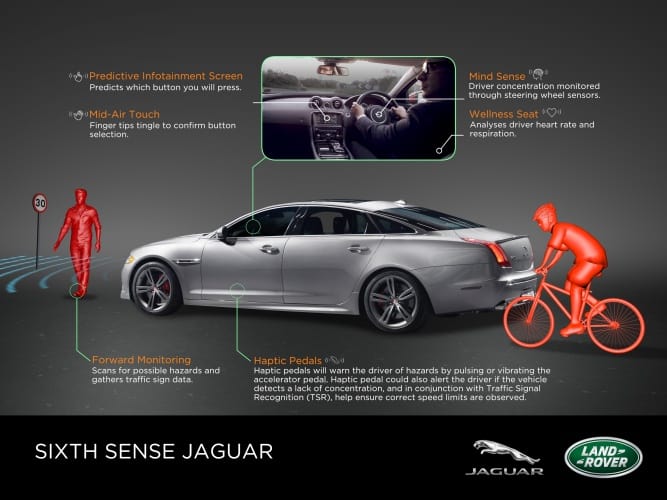
“Autonomy is not something that is going to appear as a revolution overnight,” he said. “From our point of view it is a journey which increases, over time, the complexity and the capability of the various features.”
For Epple, car autonomy is something that should be there to assist drivers, not replace them. According to him, JLR has no intention of developing a driverless car, and that the notion is not one which appeals to the many employees at JLR for whom driving is not simply a way to get from A to B.
“Rest assured, within Jaguar Land Rover there are so many automotive enthusiasts, we will make sure there is never a driverless car from JLR,” Epple boldly proclaimed.
It’s a sentiment that many drivers around the country will undoubtedly relate to. Cars are more then simply a method of transport for some people, and driving can provide a huge amount of joy when roadworks and traffic aren’t around to spoil the fun. Lots of people find driving relaxing, and the idea of handing over the controls to a computer and essentially being taxied around is not something everyone finds appealing.
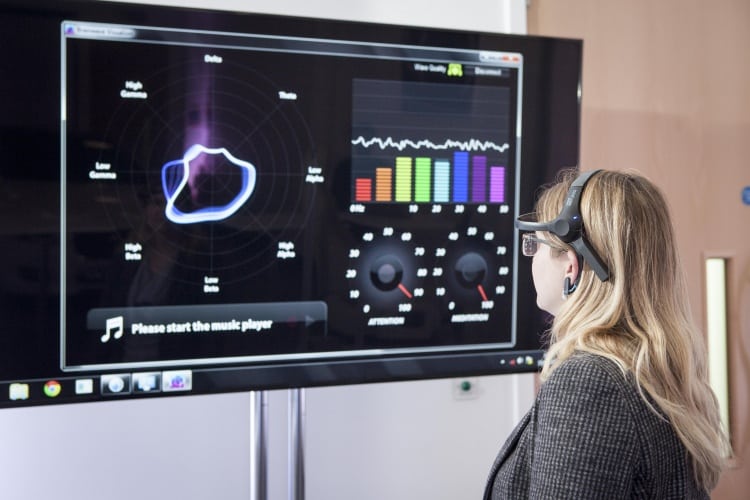
That’s not to say technology doesn’t have a role to play, just that it should develop to assist drivers rather than push them aside. The programmes that JLR is focusing on are intended to do just that. Mind Sense is an ambitious project investigating if brainwaves can be used to gauge driver alertness, monitoring brain activity through the steering wheel and delivering prompts when concentration slips.
Elsewhere, The Engineer recently covered JLR’s progress with Pothole Alert, a system designed to map hazards in the road surface, with information potentially shared with other vehicles and local road authorities.
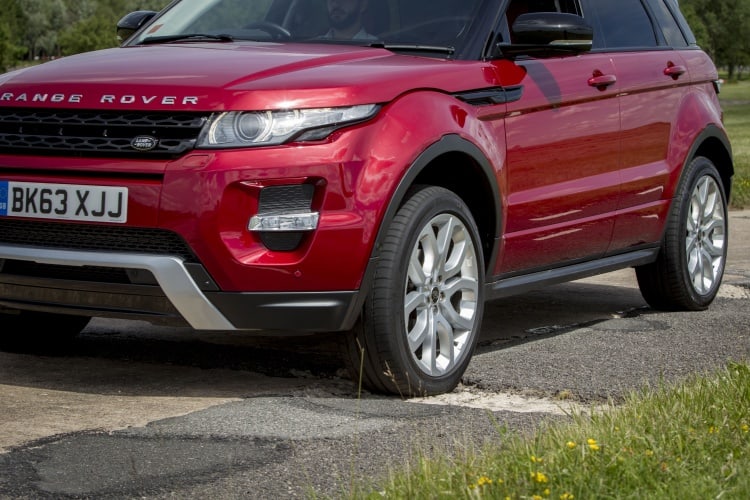
Other technologies on display in Gaydon included the Predictive Infotainment Screen, a system that uses cameras and path-tracking filters on the central control panel to predict where fingers are aiming. JLR claims this increases the speed of successful button selection by 22 per cent, reducing the amount of time drivers have their eyes off the road. The system is being trialled in conjunction with Mid-Air Touch, which provides haptic feedback to the fingertips using ultrasonic sensors. Confirmation of a button selection can be delivered in mid-air, without the driver having to touch the screen.
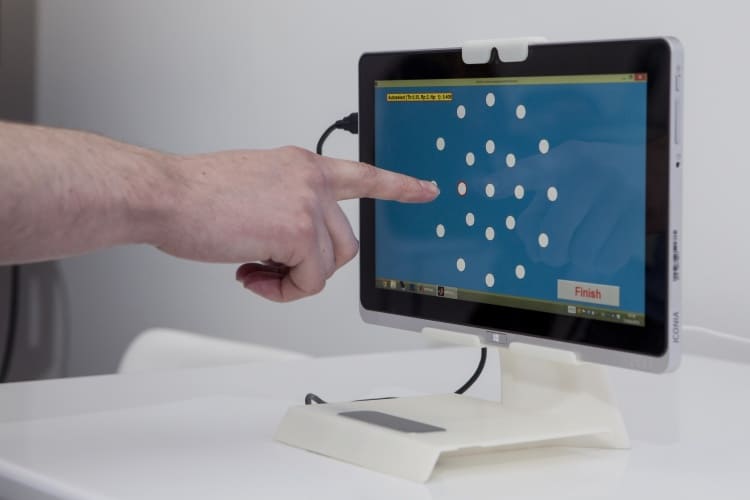
The common aim across all these projects is to make life easier for drivers, improving vehicle safety and comfort rather than working towards driverless cars. As technology continues to evolve however - and companies like Google continue to push the boundaries of vehicle autonomy - it will be interesting to see if JLR can remain true to the values of Dr Epple. In years to come, it seems certain there will be a market for fully autonomous cars, capable of operating in all environments. But for now at least, JLR’s focus remains firmly on the driver. Humans still appear have a future behind the wheel. For how long, we shall have to wait and see.




Poll: Should the UK’s railways be renationalised?
I think that a network inclusive of the vehicles on it would make sense. However it remains to be seen if there is any plan for it to be for the...